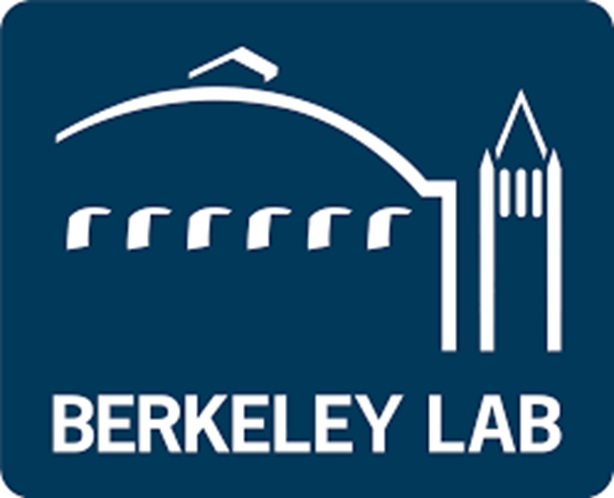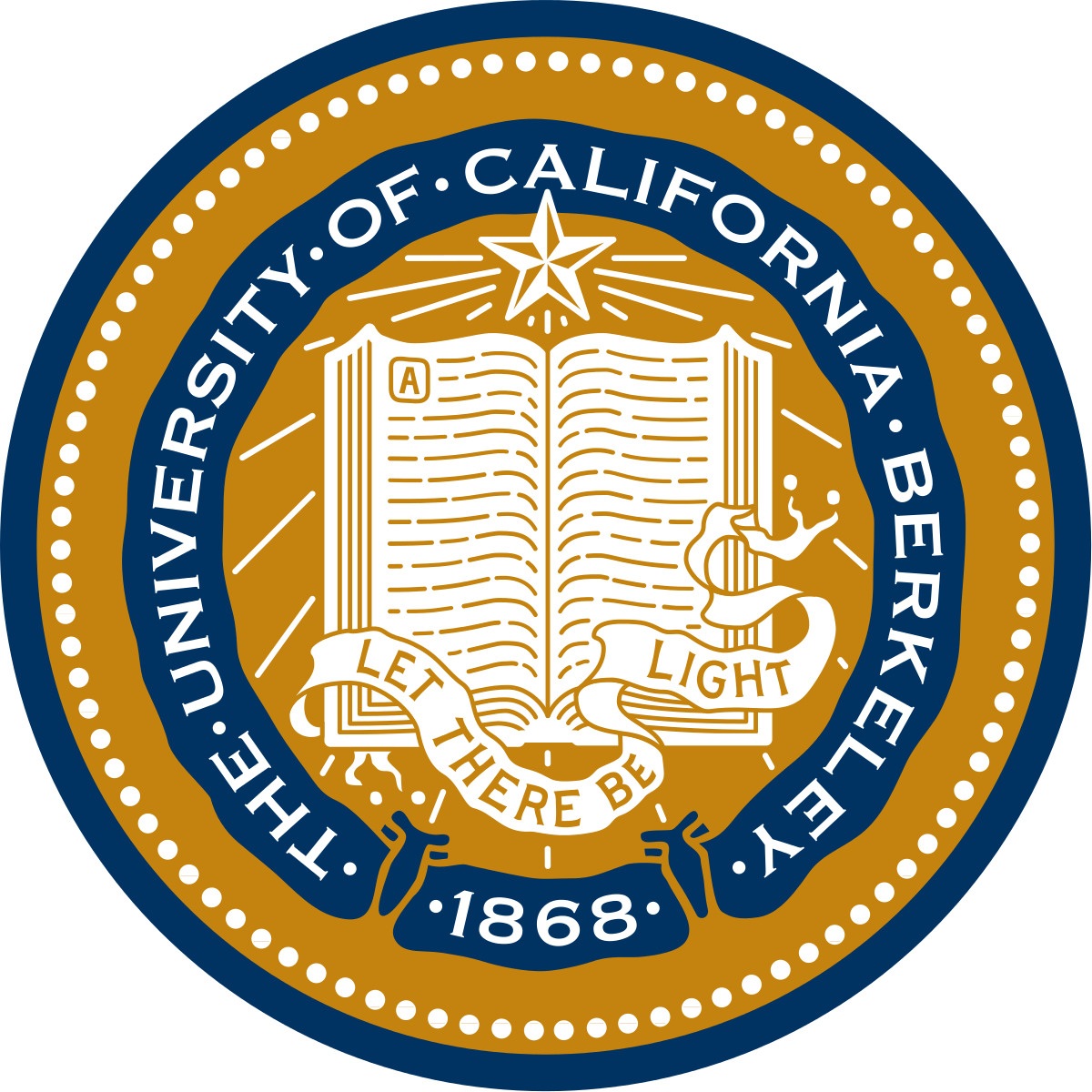Part 2 of 2 Parts (Please read Part 1 first)
There is not sufficient scientific evidence at this time to definitively establish a link between gadolinium retention and adverse side effects. Abergel hopes to be able to develop such evidence. She said, “With funding from generous supporters through the Berkeley Lab Foundation, we were able to establish The Marcie Jacobs Fund for Gadolinium Toxicity Research and start investigating how gadolinium interacts with biological molecules and organs. What does gadolinium do that would result in toxicity and observable symptoms in patients?”
The anti-radiation-poisoning pill developed by Abergel’s team was approved for in-human Phase I safety trials in 2014. The chelator is a hydroxypyridinone ligand (HOPO) which is well suited to be administered in a pill. It is non-toxic when administered in the doses used in therapy and diagnosis. Not only does it selectively remove plutonium and other heavy, radioactive elements but it is also highly selective in the removal of the lanthanide series including gadolinium. Abergel said, “So, we thought that we should investigate whether this HOPO chelator could remove gadolinium deposits from MRI patients after the contrast agent has done its job.”
Abergel reported on her research in the Nature online publication Scientific Reports. They used animal models to show that, compared to conventional chelators such as diethylenetriamine pentaacetic acid (DTPA), their HOPO chelator is many times more effective for the removal of gadolinium following an MRI. Abergel said, “We also found that if we give the drug right before or right after the MRI, we can prevent up to 96% of the gadolinium from depositing.”
The research also revealed that the HOPO chelator is more selective for gadolinium than DTPA. Unfortunately, DTPA also binds to and removes important minerals from the body including calcium and zinc. Abergel and her team are now working on identifying which populations of patients are most vulnerable to gadolinium poisoning. Abergel said, “What would affect larger or smaller gadolinium retention and where does it end up? It depends on how fast you can clear it out, and how well your kidneys function.”
Abergel said in her report that to date, the development of her HOPO chelator has been supported by federal agencies such as the National Institutes of Health and the Biomedical Advanced Research and Development Authority. Now she and her team are seeking other funding sources for their research in order for them to fund a first clinical safety study to develop the drug into a gadolinium removal agent.
The work of Abergels team on chelators builds on the landmark projects that were carried out thirty five years ago by Kenneth Raymonds, a member of the Berkley Lab faculty and chemistry professor at the University of California, Berkley. Raymond worked closely with a biophysicist at Berkley Lab named Durbin-Heavy. Together they tested a great number of new chelating compounds for the removal of heavy metals such as plutonium from the human body.
Abergel said, “This is the kind of research that could only take place in a national lab setting. Here at Berkeley Lab we have access to research facilities that allow us to do this work in a well-controlled, well-implemented, and safe environment. It would be difficult to find all of these capabilities in one place anywhere else.”
Blog
-

Dangers Of Gadolinium Poisonings During MRIs – Part 2 of 2 Parts
-

Geiger Readings for Sep 17, 2019
Ambient office = 102 nanosieverts per hour
Ambient outside = 112 nanosieverts per hour
Soil exposed to rain water = 109 nanosieverts per hour
Red bell pepper from Central Market = 90 nanosieverts per hour
Tap water = 107 nanosieverts per hour
Filtered water = 93 nanosieverts per hour
-

Dangers Of Gadolinium Poisoning During MRIs – Part 1 of 2 Parts
Part 1 of 2 Parts
Rebecca Abergel is an assistant professor of nuclear engineering at the University of California, Berkley. She headed a team at the U.S. Department of Energy’s Lawrence Berkeley National Laboratory (Berkeley Lab) to developed an anti-radiation-poisoning pill in 2014. At the time, they hoped that it would never need to be used for intended purposes such as removing radioactive contaminants from peoples’ bodies in case of something like the meltdown of a nuclear reactor or the detonation of a nuclear bomb.
Now the researchers are working on how their pill might be able to protect people from another source of toxicity. When a person undergoes a magnetic resonance imaging (MRI) procedure, they are injected with a contrast enhancement dye that contains gadolinium. Gadolinium is a soft rare earth metal that has the ability to absorb a lot of neutrons which makes it idea to enhance contrast in an MRI. In some people who need many MRIs for a serious medical condition, there is a danger of a buildup of gadolinium in their bodies which can be harmful.
Abergel said, “I’ve always been interested in public health applications. Our current work could help thousands of patients who rely on MRIs to have a better understanding of where a tumor might be located and whether it’s cancerous and has spread to other organs but are concerned about the potential side effects caused by the retention of gadolinium inside the body.”
MRIs are prescribed by U.S. physicians thirty million times a year. They use large magnets to excite hydrogen atoms in the human body. Radio waves are used to detect tiny magnetic fluctuation as the hydrogen atoms relax back to their original state. When analyzed by the computer, the magnetic fluctuations are used to construct whole body images of internal organs, muscles, tendons and bones.
MRIs first became available around 1980 and have been considered to be very safe for patients. The later introduction of gadolinium-based contrast agents (GBCAs) enhanced the visibility of blood vessels in the heart and brain by amplifying the signal emitted by the excited hydrogen atoms. About one third of all current MRIs are carried out with GBCAs.
Gadolinium is one of fifteen metallic chemical elements which constitute the lanthanide series in the periodic table. Gadolinium is a heavy metal that is toxic to the human body. When it is used in a contrast dye for MRIs, it is bound to a molecule that helps to rapidly clear the gadolinium from the body through urination. It was believed that this rapid expulsion from the body prevented any negative toxic effects.
In recent years, a number of MRI patients have been reporting experiencing adverse symptoms following MRIs. These symptoms included joint pain, body aches and loss of memory within days of an MRI scan. There have been reports of long-term chronic side effects such as damage to kidneys. Abergel says that these symptoms could be connected to gadolinium absorbed by their bones. Gadolinium has also been found in the brains of some patients who were given MRIs.
Please read Part 2 -

Geiger Readings for Sep 16, 2019
Ambient office = 140 nanosieverts per hour
Ambient outside = 116 nanosieverts per hour
Soil exposed to rain water = 108 nanosieverts per hour
Peach from Central Market = 106 nanosieverts per hour
Tap water = 118 nanosieverts per hour
Filtered water = 101 nanosieverts per hour
-

Geiger Readings for Sep 15, 2019
Ambient office = 112 nanosieverts per hour
Ambient outside = 89 nanosieverts per hour
Soil exposed to rain water = 93 nanosieverts per hour
Heirloom tomato from Central Market = 84 nanosieverts per hour
Tap water = 75 nanosieverts per hour
Filtered water = 66 nanosieverts per hour
-

Geiger Readings for Sep 14, 2019
Ambient office = 84 nanosieverts per hour
Ambient outside = 103 nanosieverts per hour
Soil exposed to rain water = 100 nanosieverts per hour
English cucumber from Central Market = 74 nanosieverts per hour
Tap water = 63 nanosieverts per hour
Filtered water = 43 nanosieverts per hour
Dover sole – Caught in USA = 108 nanosieverts per hour
